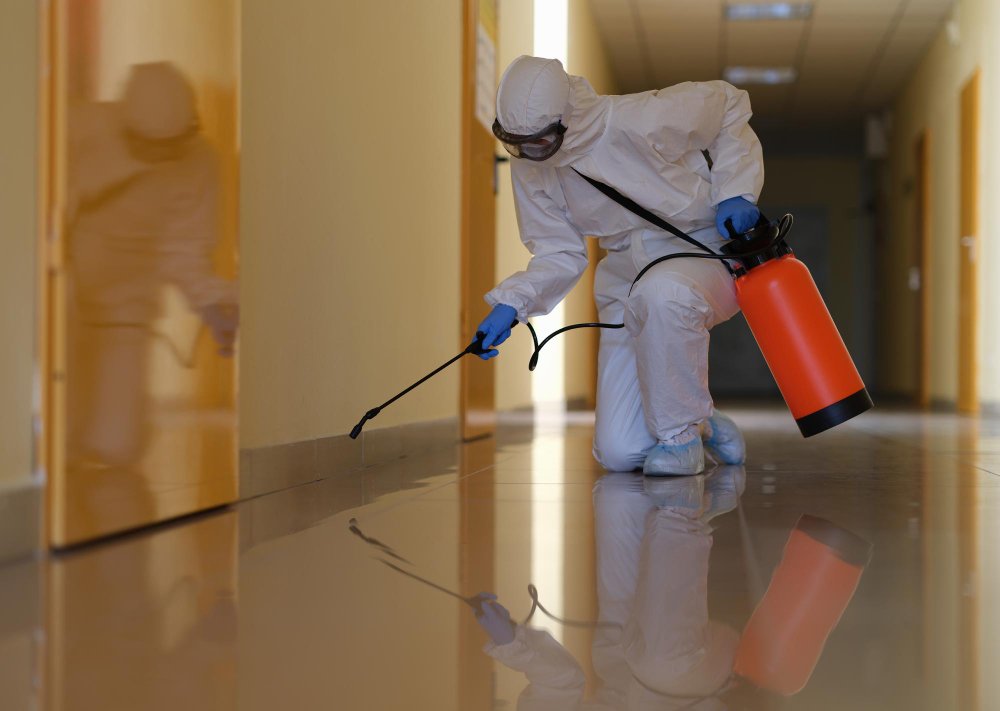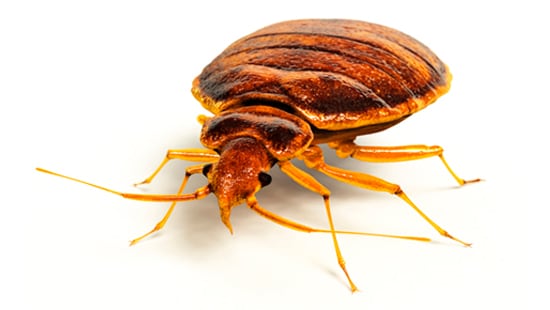Trusted Bed Bug Exterminator for Fast and Safe Elimination
Get Enlightened About the Kinds of Parasite Control Approaches and Their Advantages for Homeowners
Recognizing the various bug control methods offered to house owners is vital for effective pest management. From chemical and biological techniques to mechanical and social techniques, each method presents unique benefits that can dramatically affect both wellness and environmental safety. Homeowners who are educated can make strategic choices that not only address insect problems however likewise enhance the overall top quality of their living environment. As we explore these techniques better, it comes to be clear that the decision-making procedure entails greater than just instant outcomes; it touches on lasting sustainability and well-being. What elements should influence these essential decisions?
Chemical Pest Control Approaches
Chemical insect control techniques are an essential component of incorporated pest management methods for homeowners seeking reliable solutions to pest infestations. These techniques include the application of chemical substances made to eliminate or deter insects that threaten personal effects, wellness, and convenience. Usual chemicals made use of consist of insecticides, rodenticides, fungicides, and herbicides, each customized to target details pests.
The key benefit of chemical insect control is its fast effectiveness; lots of formulations give immediate results, decreasing pest populations significantly in a short time. Furthermore, developments in chemical solutions have actually brought about products that are more eco-friendly and have lower poisoning degrees for non-target microorganisms when used appropriately.

Organic Pest Control Methods
Natural pest control approaches have gained prominence as house owners seek more secure and a lot more lasting choices to standard chemical methods. Organic parasite control strategies utilize all-natural predators, bloodsuckers, or microorganisms to manage bug populations effectively. This technique is not only eco-friendly but also reduces the danger of harm to non-target species, including helpful pests and wild animals.
One of one of the most typical biological control approaches entails presenting all-natural predators into the setting. Ladybugs can be used to control aphid populaces, while nematodes target soil-dwelling bugs like grubs. In addition, parasitoids-- organisms that reside on or within a host-- can be used to manage certain insect varieties by laying eggs inside them, ultimately causing their death.
Another technique is making use of biopesticides, which are stemmed from natural materials such as plants, microorganisms, or minerals (bed bug exterminator). These items can effectively target bugs while posturing marginal threat to human beings and pet dogs. Overall, biological insect control strategies offer homeowners with an efficient means of parasite administration that straightens with ecological principles, advertising a healthier living environment while lowering dependence on synthetic chemicals
Mechanical Pest Control Methods
Mechanical pest control methods encompass a variety of techniques that literally prevent or remove bugs without making use of chemicals. These techniques are especially useful for home owners seeking environmentally friendly options while making certain the safety of their home.
One common technique is the use of obstacles, such as catches, internet, and screens, which stop parasites from entering homes or certain locations. Mounting window screens can properly maintain insects out, while using physical barriers around gardens can hinder bigger parasites like deer or bunnies. Additionally, mechanical traps designed for rats can catch and remove these insects without the demand for poisonous compounds.
One more reliable method entails making use of vacuums and brooms to eliminate pests directly from surface areas. Regular cleansing and like this upkeep can dramatically lower pest populaces by getting rid of food resources and concealing spots. Utilizing tools like ultrasonic parasite repellents can prevent various pests via audio waves that are undesirable to them but inaudible to people.
Cultural Pest Control Practices
Cultural pest control practices concentrate on modifying the atmosphere and monitoring methods to produce conditions that are much less conducive to pest problems. These methods are fundamental in preserving a well balanced ecological community and lowering the dependence on chemical treatments. By modifying agricultural this page techniques, house owners can effectively discourage insects while promoting plant health.
One typical strategy includes plant turning, which disrupts the life process of insects by altering the kinds of plants grown in a certain location (bed bug exterminator). This not just lessens pest populations however also improves dirt health. Furthermore, intercropping-- growing varied crops in distance-- can confuse bugs and decrease their capability to situate their preferred host plants
Water management is one more critical aspect of cultural practices. Correct watering strategies can prevent standing water, which acts as a reproduction ground for insects and various other bugs. Additionally, keeping sanitation in and around the home, such as routinely getting rid of particles and food waste, can considerably lower parasite tourist attraction.
Integrating these cultural methods into a thorough pest management method enables home owners to create a setting that normally discourages pests, therefore boosting the performance of various other control approaches while promoting lasting horticulture and landscaping.

Integrated Bug Monitoring Approaches
Integrated Parasite Management (IPM) represents a holistic technique that incorporates different methods to successfully handle insect populaces while reducing ecological effect. This methodology integrates organic, social, physical, and chemical methods to attain lasting pest control. By examining pest populations and their natural adversaries, IPM stresses monitoring and identifying bugs prior to applying control procedures.
Among the core principles of IPM is using thresholds, which develop the degree of insect task that warrants intervention. This guarantees that therapies are applied just when required, reducing the dependence on chemical pesticides. Organic control methods, such as presenting natural killers or parasites, operate in combination with social methods like plant turning and habitat control to interfere with pest life cycles.
Furthermore, IPM encourages using least-toxic chemical choices when treatment is required, prioritizing items that posture minimal threat to non-target microorganisms and the setting. For property owners, taking on IPM comes close to not only improves the efficacy of parasite monitoring but likewise promotes a much healthier living environment, promoting biodiversity and decreasing chemical exposure. great post to read Ultimately, IPM empowers house owners to make informed decisions that balance pest control with eco-friendly duty.
Verdict
In final thought, comprehending the different bug control techniques empowers house owners to make educated choices relating to pest administration. Each method-- chemical, biological, mechanical, cultural, and integrated insect administration-- provides distinct advantages that provide to different requirements and preferences.
Understanding the different parasite control methods offered to homeowners is vital for efficient pest monitoring.Chemical parasite control techniques are an essential component of incorporated bug management approaches for homeowners looking for efficient solutions to pest infestations. In general, biological pest control methods give home owners with a reliable ways of bug administration that straightens with eco-friendly concepts, promoting a healthier living environment while lowering reliance on synthetic chemicals.
Cultural pest control methods focus on customizing the environment and management techniques to create conditions that are much less conducive to pest infestations.In final thought, understanding the various bug control techniques empowers homeowners to make enlightened decisions pertaining to pest administration.